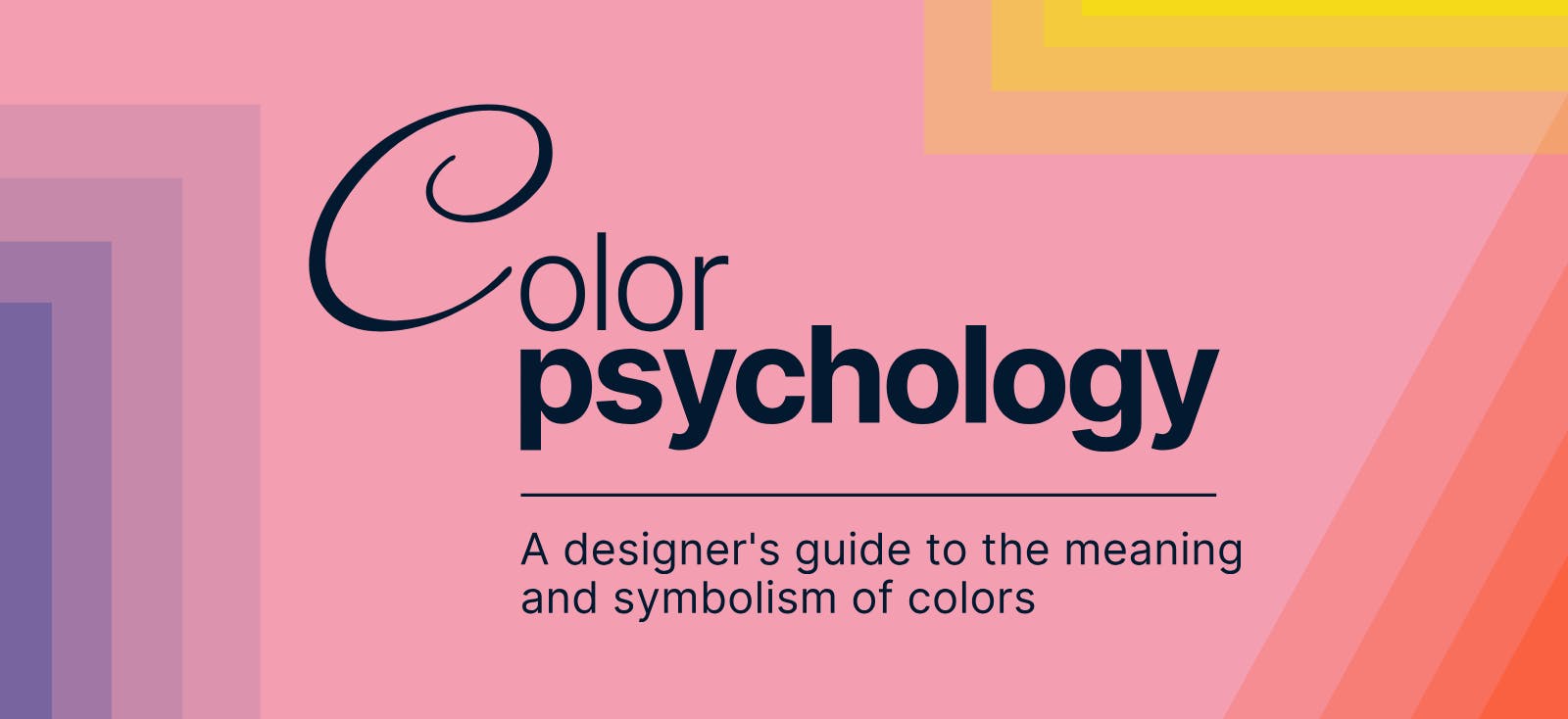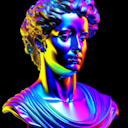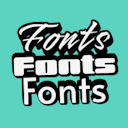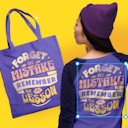Product
Templates
Resources
Company
Home
Blog
Design
The psychology of color: Designing with emotion in mind
The psychology of color: Designing with emotion in mind

Color isn’t just about aesthetics - it shapes perceptions, evokes emotions, and can help influence behavior. The study of this phenomenon is color psychology. In this guide, we’ll cover the essential concepts of color psychology, exploring how different colors influence mood, how cultural contexts affect color meanings, and delve into warm vs cold color. These are essential insights for professional designers to produce more impactful and meaningful creations - whether for design, marketing, branding, or user experience (UX) design.
Table of contents
How colors evoke emotions and psychological responses
Artists, designers, and marketers all aim to evoke emotions in their audiences, using specific tactics to inspire desired reactions. And in branding, color plays a crucial role by delivering a unique psychological impact that shapes brand perception.
Fun fact: Colors alone can influence up to 90% of an initial impression. source
Every color elicits distinct psychological and emotional responses. By understanding these associations, you can choose colors that align with the message and goals of your projects. Here are some of the most common emotional associations with colors:
Red
Often associated with urgency, passion, and excitement, red is an attention-grabbing color. Studies suggest that the color red (as well as yellow) can increase heart rate and stimulate action. Brands often use red for calls-to-action, promotions, and anything that requires a sense of immediacy or excitement.
Red often symbolizes danger and anger. Alternatively, red symbolizes positives such as courage, passion, love, and joy.
Blue
Known for its calming, trustworthy, and reliable qualities, blue is a cool color ideal for promoting a sense of calm and establishing a connection of trust with the audience. It’s commonly used in corporate and healthcare settings to convey stability and dependability.
Fun Fact: The colors blue and red pose an interesting contradiction to color theorists. When it comes to light sources, blue is physically warmer than red. But the psychological qualities of color that link to temperature say the opposite. Psychologically, blue is cooler than red.
Yellow
Associated with warmth, happiness, and optimism, yellow is uplifting and energizing. It’s often used to draw attention or create a cheerful vibe, but should be used sparingly, as too much yellow can cause eye strain. This is because yellow is one of the brightest colors in the visible spectrum - it reflects a significant amount of light. This high luminance can overwhelm the eyes, especially on digital screens or in bright environments.
Green
Evoking feelings of growth, nature, and health, green is commonly used by brands that focus on wellness, sustainability, and eco-friendliness. This color has a calming, balancing effect, ideal for brands that want to establish an organic aesthetic or connection with nature.
Purple
Linked with luxury, creativity, and sophistication, purple conveys a sense of elegance and exclusivity. It’s often found in beauty and luxury brand designs as it evokes a premium feel.
Orange
Energetic and friendly, orange combines the urgency of red with the optimism of yellow, making it great for calls-to-action and approachable brand messaging. Orange is popular in brands that want to appear fun, adventurous, and accessible.
Black
Representing power, sophistication, and authority, black brings a timeless and elegant feel to designs. It’s often used by brands in the luxury and fashion industries to convey a sense of exclusivity and professionalism.
White
Clean, fresh, and simple, white is often used to create space and convey purity. Many brands use white in minimalistic designs to foster a modern, refined look.
These psychological associations can vary based on context and cultural interpretations. When designing with color, it’s essential to consider how a target audience might emotionally respond to a specific hue.
The most popular colors
Did you know that blue is the world’s most loved color? This chart shows a breakdown of color preferences of select countries with blue largely taking the lead.
Plus, blue remains a favorite regardless of age or gender. Studies show men prefer blue (57%), green (14%), and black (9%) while women’s top three favorite colors are blue (35%), purple (23%), and green (14%).
Knowing this it’s no surprise that blue is considered to be a gender neutral color. Along with light brown, gray, black and white. In this case, blue is possibly the best color to use in designs to please a wide audience and the best go-to.
Consider cultural differences in design
As you integrate cultural understanding into your designs, ask yourself these key questions:
- Who is my target audience, and what are their cultural values?
- Are there any historical or symbolic associations tied to the colors I’ve chosen?
- Could my color choices inadvertently evoke unintended emotions or interpretations?
Considering these cultural nuances, will help you avoid unintended interpretations and create designs that are mindful to your audience’s background.
The psychology of warm and cold colors
We dive deeper into the psychology of warm and cold colors with our warm and cool colors designer's guide. If you need a refresher, give it a read to catch up on how color temperature can influence your design decisions. For now, let’s quickly review the characteristics of warm and cold colors and their psychological impacts.
Cold colors: Definition
Cool colors (also known as cold colors) range between blue, green, and purple on one side of the color wheel. They’re often associated with nature, water, and the sky.
The psychology of cold colors:
We’ll explore the two main emotions behind them: calm and sadness. One could argue these are two completely different emotions while one could also argue, they fit together harmoniously.

Warm colors: Definition
Warm colors range from yellow, orange, and red, on the opposite side of the color wheel. They’re typically associated with fire, the sun, and heat.
The psychology of warm colors:
Warm colors are highly evocative and are often linked to emotions like passion, energy, and comfort. Let’s explore the two key emotions they evoke: energy and comfort.

Applying color psychology to professional environments: Marketing, branding, and UX design
As we mentioned above, color psychology plays a powerful role in influencing consumer behavior, brand perception, and user experience. Let’s explore how the principles of color psychology are relevant across different design fields:
Marketing
In marketing, color can drive emotional engagement, increase conversions, and influence purchasing behavior. For instance, fast-food brands often use reds and yellows to create an inviting and energetic atmosphere that encourages quick dining, while wellness brands may opt for greens and blues to promote relaxation and health. Color also plays a critical role in advertisements, where it can create a sense of urgency or inspire feelings of calm.
Colors have been shown to influence 85% of shoppers’ purchase decisions. (source)
Example: A fitness brand might use bold, energetic colors like red and orange in its ads to inspire action and enthusiasm, while a skincare line may lean on a neutral palette with gold tones to convey luxury and tranquility. See the difference in energy in the visual examples below:
Branding
Color choice is integral to establishing brand identity. Consistency in color across brand materials helps build recognition and trust, reinforcing the brand’s values and personality. Think of iconic brands like Coca-Cola’s use of red to convey energy and excitement, or Tiffany & Co.’s soft blue, symbolizing luxury and exclusivity.
Colors have been shown to increase brand awareness by 80%. (source)
Example: When defining your brand’s colors, think about what emotions you want to evoke in your audience. For a spa, using muted, neutral, colors can establish a high-end and clean aesthetic. A playful brand might choose bright, friendly colors like pink and orange to appear more fun.
User experience (UX) design
In UX design, color can enhance usability, guide users through a site, and improve the overall experience. Buttons, for example, can use color psychology to signal action - reds and oranges for immediate action, while greens might indicate a positive or safe choice.
Example: A professional marketing business might use blue as the base color to showcase professionalism and instill trust in viewers with white tone accents to draw the gaze.
Key takeaway: Experiment with color psychology in your work
Understanding color psychology isn’t just a nice-to-have for designers - it’s a game-changer. If you want to grow from a beginner to a pro, start paying attention to how your color choices affect the emotions and reactions of your audience. Experiment with color in your projects and notice the subtle shifts it creates in tone and feeling. By weaving color psychology into your process, you can make your designs not only look amazing but also truly connect with people on an emotional level.
Take a moment to consider these questions as they relate to your own projects: what emotions do you want to evoke? How might your color choices impact your audience’s perception of your brand? Reflecting on these questions can help you make more informed, impactful color decisions that resonate with your audience on a deeper level.





























